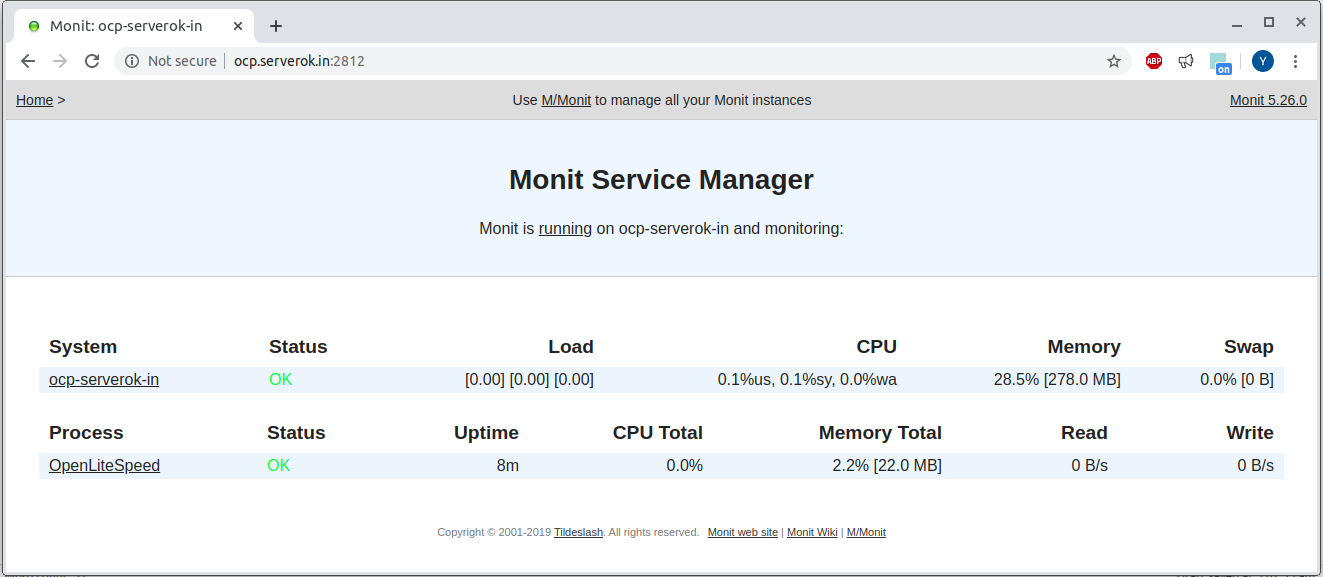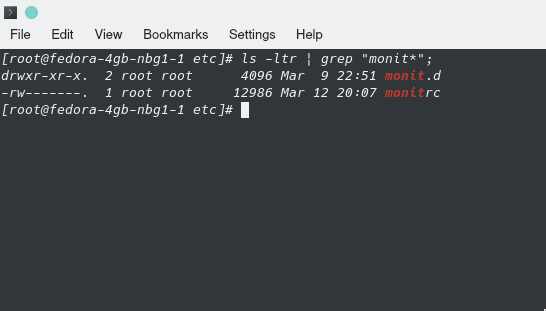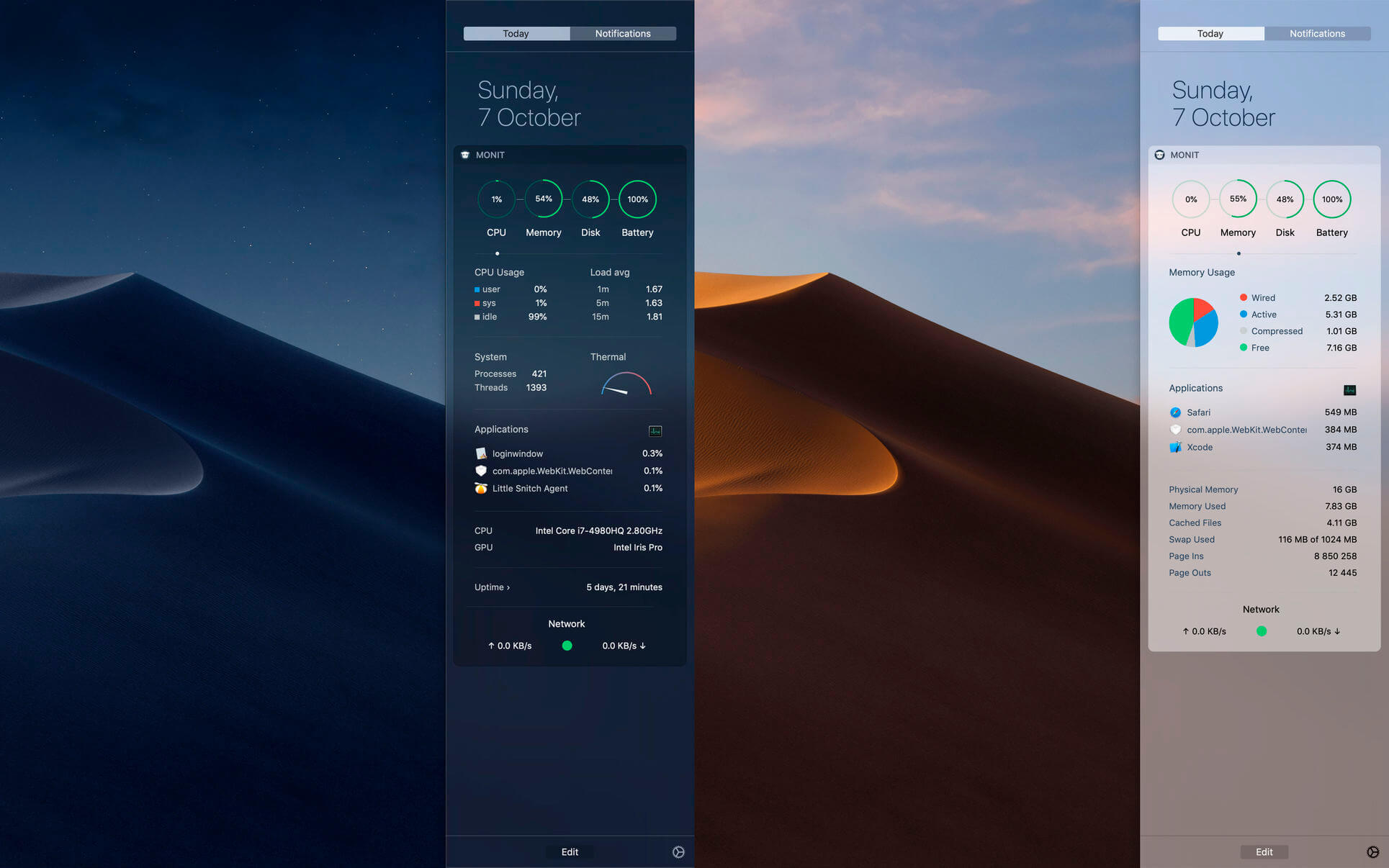

- Monit file install#
- Monit file update#
- Monit file software#
- Monit file password#
- Monit file windows#
Monit file install#
In short, install of Monit on Centos involves steps to adjust the configuration and setting up alerts to notify the users. Now, reload the service for the changes to take effect. Here, replace the localhost with the corresponding mail server name to receive the mails on an external server. To set the recipient address to receive alerts on all type of actions use the format below: set alert to set the recipient address to not alert on user-initiated service restarts, use the format below: set alert not on įinally, set the mail server configuration so that you can receive mails. There are predefined alerting templates available in Monit to alert system administrators when the particular service fails.įor instance to use the local relay (email server) to alert the root user, edit the /etc/monitrc file with the below template: Look for the line “set daemon 30” in the file and change the number (in seconds) to more or less. we can change this value in the configuration file (/etc/monitrc) to befit our requirements. Monit checks services at 30 seconds intervals by default. Other services such as sshd, httpd, syslogd, postfix, and much more can be added in the same fashion in their own files within /etc/monit.d/ directory. The web interface will now show the details of those being monitored.

Now reload Monit for it to accommodate the new configuration. To check whether the syntax in the configuration file is correct, we can do so using the command given below: $ sudo monit -t If failed port 80 protocol http then restart Stop program "/usr/bin/systemctl stop rvice" Start program "/usr/bin/systemctl start rvice" $ sudo vim /etc/monit.d/nginx-monitorĬheck process nginx with pidfile /run/nginx.pid Once we have Monit running, we need to add the services to the monitoring.įor instance, to enable the monitoring of nginx, we shall add the following configuration in /etc/monit.d directory that can hold configuration files for various services being monitored.
Monit file password#
Log in with the username “admin” and password “monit” when prompted. $ sudo firewall-cmd -permanent -add-port=2812/tcpĪfter starting Monit, open the link on the browser. #use address localhost => only accept connection from localhost (drop if you use M/Monit)Īlso, open the port 2812 once we are done editing. Look for the section in the snippet below and change the IP from localhost to 0.0.0.0 which will allow us to access the web interface from all IPs that can reach the server. The file is setup to start Monit’s http server. Monit uses the monitrc control file located in /etc/monitrc directory for its configuration. Starting Monit 5.26.0 daemon with http interface at :2812Īfter starting Monit, we can check the status as follows: $ sudo monit statusįurther, we can as well enable Monit to start when the server restarts. #You should see the message below in the end# Add/Update following in /etc/monit/monitrc Monitoring Interval in Seconds set daemon 60 Enable Web Access set httpd port 2812 allow. Now, let us move on to the monit install: $ sudo dnf -y install monitĪfter the install, let us start monit with the command below: $ sudo monit

Global configuration settings to uncomment and modify Global section.
Monit file windows#
I generally use nano if I’m in a shell session, but a lot of the time I like to use SFTP via something like FileZilla, so I can use my usual editor on Windows (). $ sudo dnf -y install zlib-devel pam-devel openssl-devel libtool bison flex autoconf gcc make git epel-release The monitrc file is where the magic starts. We have to make sure all dependencies have been met by installing the following important packages.
Monit file update#
Like in most other installations, the first step here is to update and install necessary packages. Let us today discuss the steps to perform this task.
Monit file software#
It automatically does the maintenance and repair of the particular process and ensures it is brought back online.Īs a part of our Server Management Services, we help our Customers with software installations regularly. Using tlsv12 Email notification format set mail-format '`Įxit $TP monitrc or /etc/monit.d/*.monit file check program SSD-A-Health with path "/etc/monit.d/scripts/hdhealth.sh a"Ĭheck program HDD-B-Health with path "/etc/monit.d/scripts/hdhealth.Monit monitoring tool can notify webmasters whenever the service/process goes down. This is defined at the beginning of the configuration file, for example a 30second poll is defined with:Ĭhecks with 4 cycles would therefore happen every 2 minutesĬonfiguration examples Mailserver declaration set mailserver port 587 Any occurrence of if, and, with(in), has, us(ing|e), on(ly), then, for, of in the configuration file is for human readability only and are completely ignored by Monit.Ĭhecks are usually performed in cycles. Monit utilizes a configuration syntax that makes it very easy to read essentially check WHAT followed by if THING condition THEN action format. Failure to comply will result in Monit failing to start. Note: Monit requires the /etc/monitrc file (and potentially files stored in /etc/monit.d) to have 0700 permissions.


 0 kommentar(er)
0 kommentar(er)
